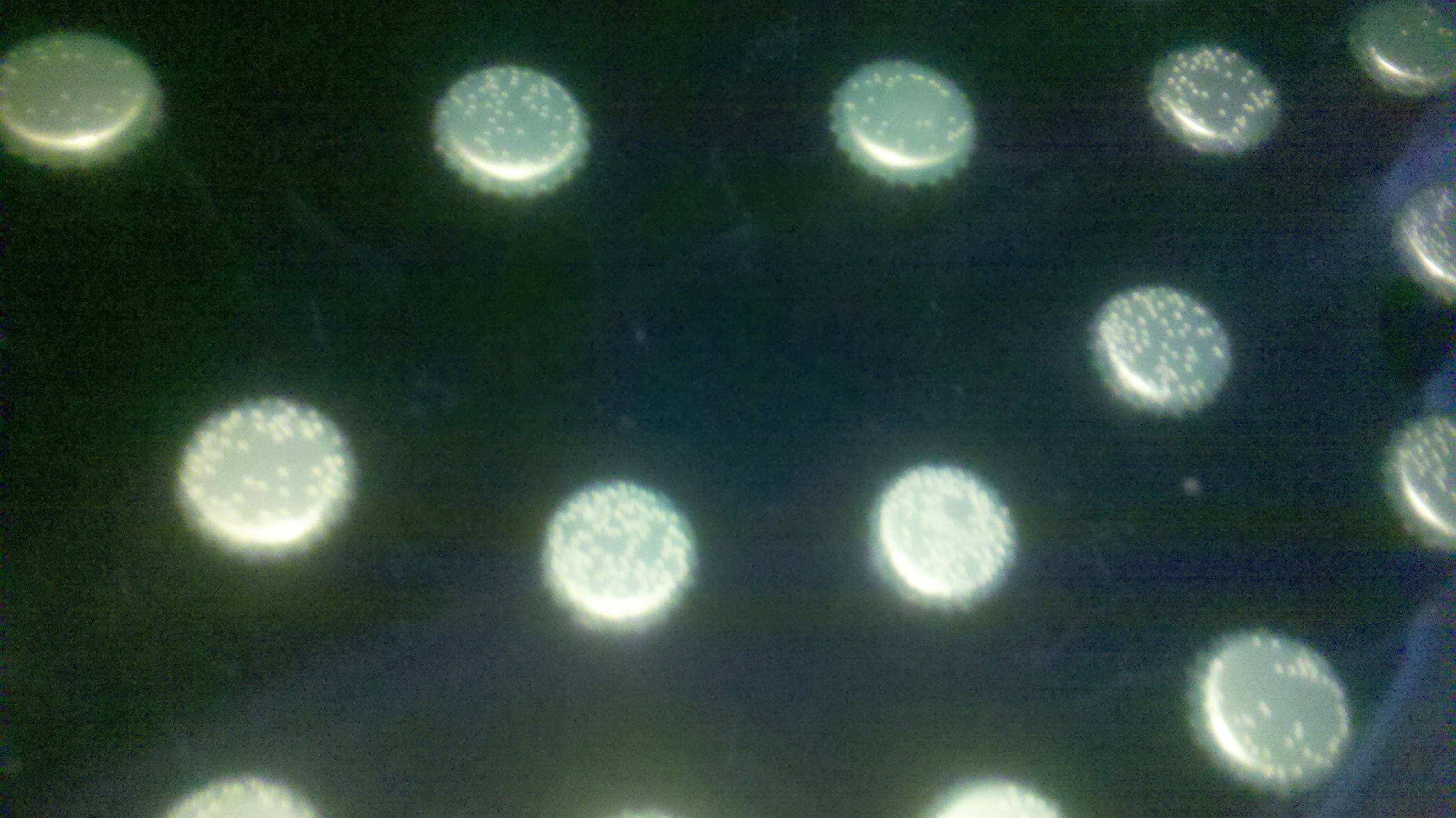On Sunday (day 0) I bottled beer for the first time (with my first batch). I asked my brother how I could determine whether or not I successfully locked the caps onto the bottles to make them air-tight, and he said that I could stick them underwater and look for bubbles to float out.
I live in California, and recently it has averaged 80*F daily. I have used a swamp cooler for my fermentors, so I decided to do the same thing for my conditioning bottles. I got a tub, placed all the bottles in, and then filled the tank with water, completely submerging the bottles. I carefully watched them during this process and noted that none of the bottles released any bubbles. According to my brother's theory, this means I correctly attached the caps to the bottles and made them air-tight.
On day 0 and day 1, nothing happened. Then, on day 2 (Tuesday), all my bottles had varying amounts of bubbles on the caps, underwater. They are just stuck there, chilling. What is the meaning of this? Some caps are completely filled with bubbles, while others only have 10-25% of their surface covered.
I just took one bottle out of the water and observed that it still has the empty room on top--indicating that it has not filled with water. I also just wiped off the bubbles from half of the bottles and will observe later whether or not bubbles reform on the caps. EDIT: Bubbles never reformed even after 14 days

(P.S., if one of my bottles were to explode underwater, would the water somehow minimize the likelyhood that one bottle would shatter the other bottles, or that glass would fly up out of my tub?)